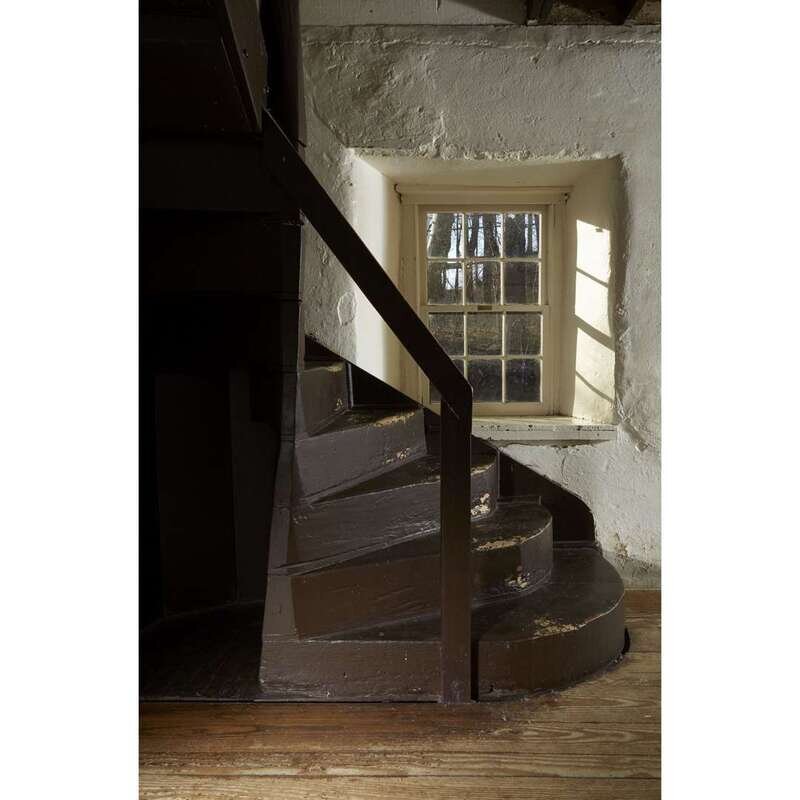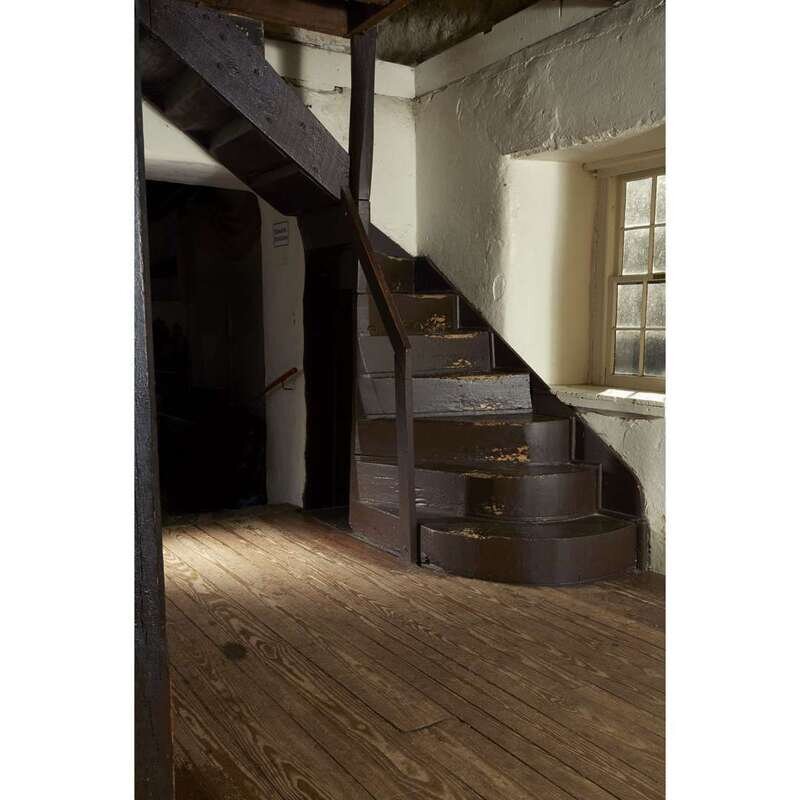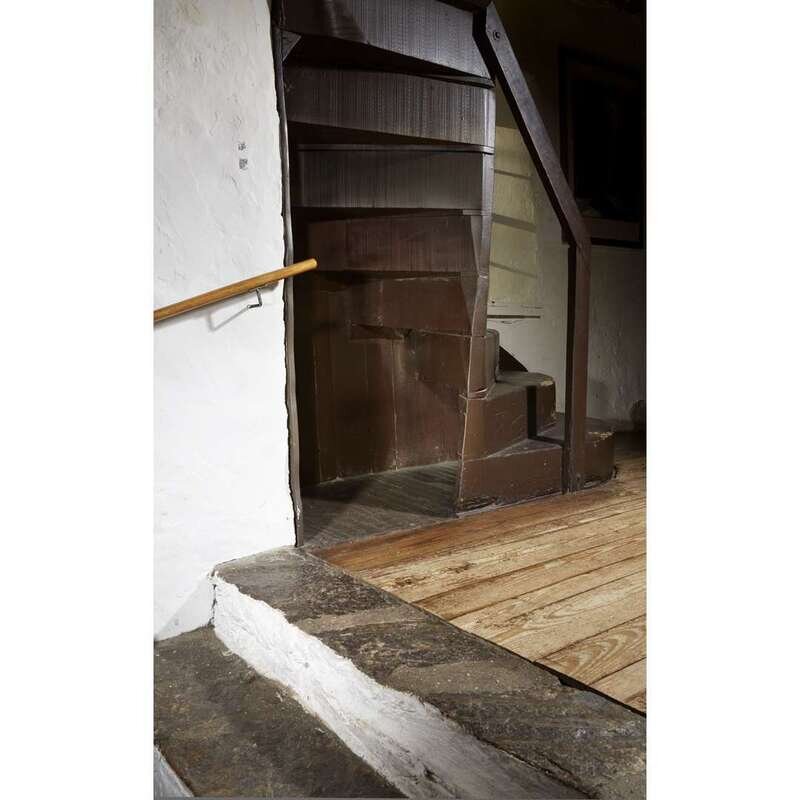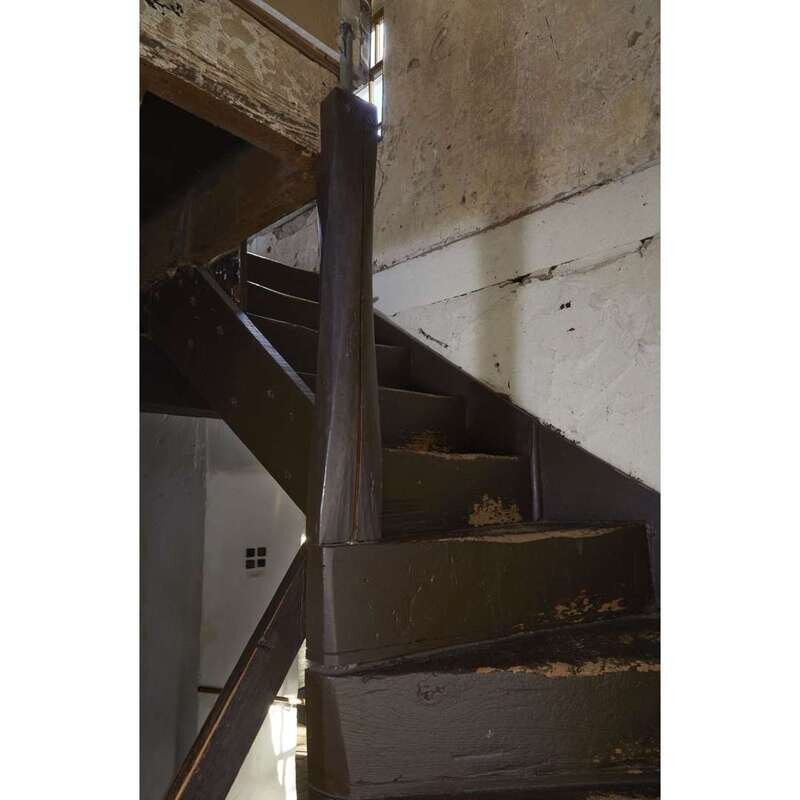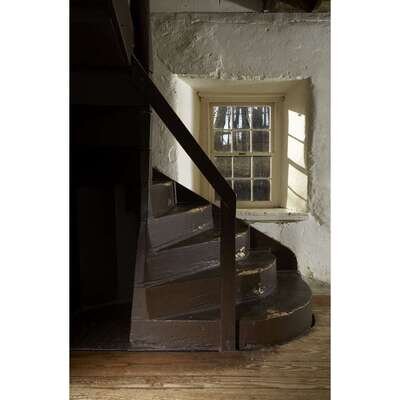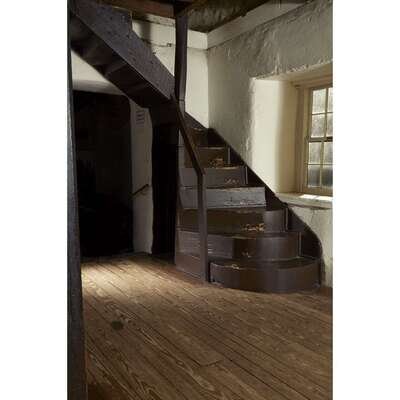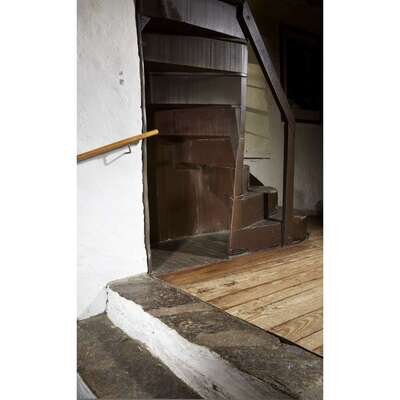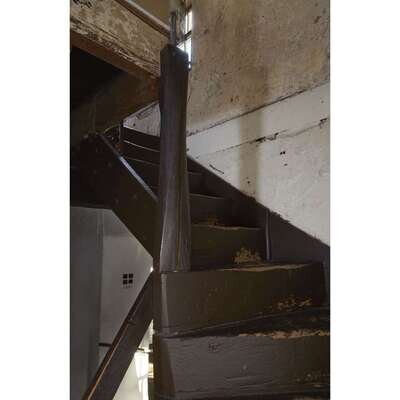Condition Report
Contact Information
Lot 140
Wharton Esherick (1887-1970) Staircase for Hedgerow Theatre, circa 1935
Sale 5092 - The Pennsylvania Sale featuring The Hedgerow Theatre Collection
Oct 28, 2020
10:00AM ET
/ Philadelphia
Own a similar item?
Estimate
$20,000 -
30,000
Price Realized
$81,250
Sold prices are inclusive of Buyer’s Premium
Lot Description
Wharton Esherick (1887-1970) Staircase for Hedgerow Theatre, circa 1935
Comprising thirteen stairs Painted pine.
H: 107, W: 34, D: 77 in. (overall)